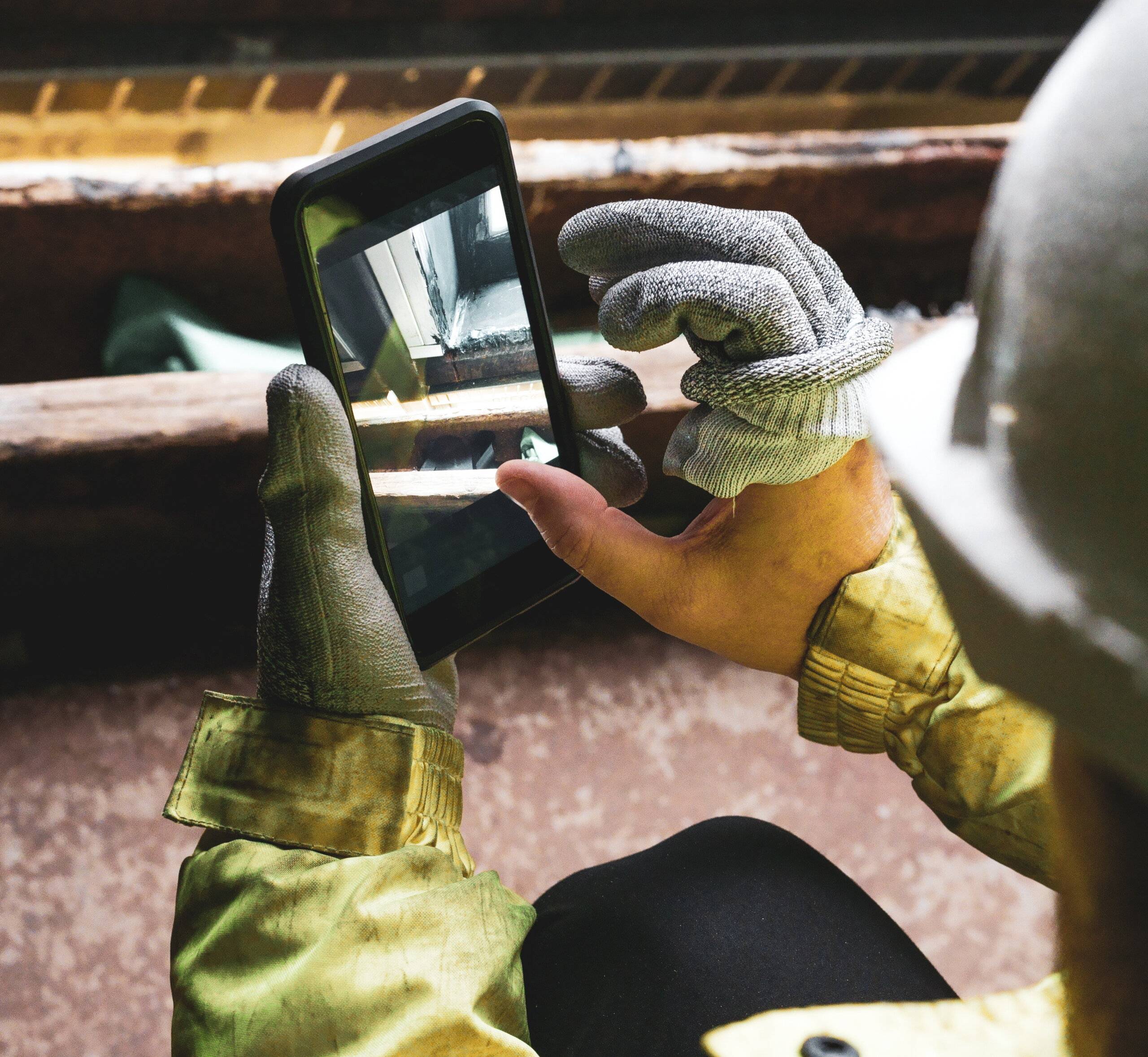
If your organization already has a successful and logical asset naming system, we do not recommend changing it or renaming assets. This post is intended for those organizations that want to be more organized prior to integrating assets into and/or creating assets in a computerized maintenance management system (CMMS) like MaintainX. Keep reading to learn best practices for CMMS asset naming conventions.
Best Practices for CMMS Asset Naming Conventions
While there is no single, best way to name your assets, we offer here best practices for asset management and naming conventions both on and off CMMS. Obviously, an organization needs to decide what works best for its stakeholders and CMMS users. As we always say, the best system is the one that works.
If you think about it, we use naming conventions all the time. For example, postal mail addresses follow a simple structure. We first use a number to name mailboxes and the associated residences and businesses, and then we name the street. You may not know this but odd house numbers are on one side of the street and even house numbers are on the other side
You may not know this one, but major roadways in the US also follow convention: major roadways that end in -5 go north and south. Interstate 95 runs almost the entire length of the US east coast. Those that end in -0 go west and east. Interstate 90 runs from Massachusetts to Washington.
These conventions are important because they make sense to those who use them. Likewise, assets need to be identifiable and easily retrievable on the company’s CMMS, especially during unplanned downtime. In emergencies, technicians need to be able to identify the asset at a glance, when quick access to maintenance records, spare parts inventory, and standard operating procedures is crucial.
Smart naming conventions will allow them to quickly search historical data about the asset for reporting and preventive maintenance records.

Creating Asset Names
Knowing this, then, asset names should include an easily understood asset description (for example, “CEM” for Cement Mixer) and an alphanumeric code that allows for sorting. Creating a naming structure that takes into account your operating system, maintenance software, workflows, and any international standards for file naming conventions will help guarantee maintenance management runs smoothly.
It makes sense that the number is easily attributable to the asset. In other situations, a company will affix a scannable serial number, VIN, bar code, QR code, or a number to the asset. Think about the numbers we often see attached to pumps at a gas station so that the gas station clerk can see from inside the station which pump to turn on for you).
Asset Naming Conventions Smart Rules
Earley Information Science has devised smart rules to keep in mind when establishing digital asset naming conventions often referred to as DAM systems). These practical rules apply well to MaintainX organizations as they import and create assets, locations, parts, etc., into our CMMS.
Earley explains that “establishing a nomenclature for assets must be considered (and the sooner, the better, to prevent costly cleanup work after the fact).”
Your naming conventions need to be simple enough so that employees can add new assets by following the conventions. An asset poorly named or, worse, misnamed will be hard for a maintenance manager or technician to find in the system and on the floor. The name should make clear what the asset is, its purpose, and where it is located.
Five Common-Sense Asset Naming Conventions
Below are five common-sense asset naming conventions that make it simple to know from the name the asset’s function and location:
1. Names should be brief, logical, consistent, and unique.
- By brief, we mean keep it simple. Avoid abbreviations and acronyms that do not make sense to everyone.
- Create a logical structure so that employees can identify an asset by its asset label.
- Use the same abbreviations and terms throughout. For example, for a conveyor, “CON” is easier to remember than 815.
- Create a system where no duplicate names are possible.
2. Do not use keyboard or special characters that create problems in other programs.
- This advice is similar to when you create passwords on different systems.
3. Observe hierarchies.
- Drill down to smaller assets connected to larger assets or vice versa).
4. Think ahead.
- Create a naming system that will work as your company grows and acquires more assets.
5. Make sure the names are sortable.
- Use alphanumeric organizing and sorting principles.

Logical Asset Naming Conventions
By following the logical asset naming conventions outlined here, your organization can make digital asset management more efficient, ease new employee onboarding, and keep the same naming system as your business and its asset purchases grow.
To be clear, even if you use a computerized maintenance management system (CMMS) like MaintainX that automatically accesses asset maintenance work orders and history based on a QR or barcode, a technician will need to know where to begin looking for the asset.
Therefore, the visible components and characteristics of the asset are important. Again, we recommend thinking ahead so that the new system or CMMS implementation process includes these smart asset names from the start, as managers create equipment maintenance plans, leaders analyze asset KPIs such as Mean Time to Repair (MTTR), and technicians complete maintenance tasks.
To name assets, organizations need to be clear about which characteristics and components of assets will be used as identifiers.

Identifiable asset characteristics can include:
- Equipment or asset type (vehicle, generator, HVAC, computer, conveyor)
- Characteristics (Make, manufacturer, model, revision, color, size)
- Identifying numbers (VIN, serial, QR, barcode)
- Locations (buildings, floor, room, shelves, offices, lots, warehouses)
Remember, asset naming conventions lead to more efficient maintenance. Follow the best conventional examples correctly from the beginning, before going live with your CMMS system implementation. Think big: the naming conventions you choose should be able to grow with your organization.
Start with a Great CMMS
MaintainX is mobile-first asset management software. Use MaintainX to automate work orders for preventive and scheduled maintenance to increase uptime for equipment, machinery, fleets, and more.
By applying smart and intuitive asset naming conventions, asset managers can easily assign recurring work orders and inspection checklists to team members for buildings, equipment, spaces, forklifts, and more.
We’ve got lots of experience with asset naming templates and asset convention examples. Let us know how we can help you manage your maintenance and operations without the paper stacks!
FAQs

Caroline Eisner is a writer and editor with experience across the profit and nonprofit sectors, government, education, and financial organizations. She has held leadership positions in K16 institutions and has led large-scale digital projects, interactive websites, and a business writing consultancy.









.jpeg)
.jpg)
.jpeg)

.jpeg)



.jpg)

